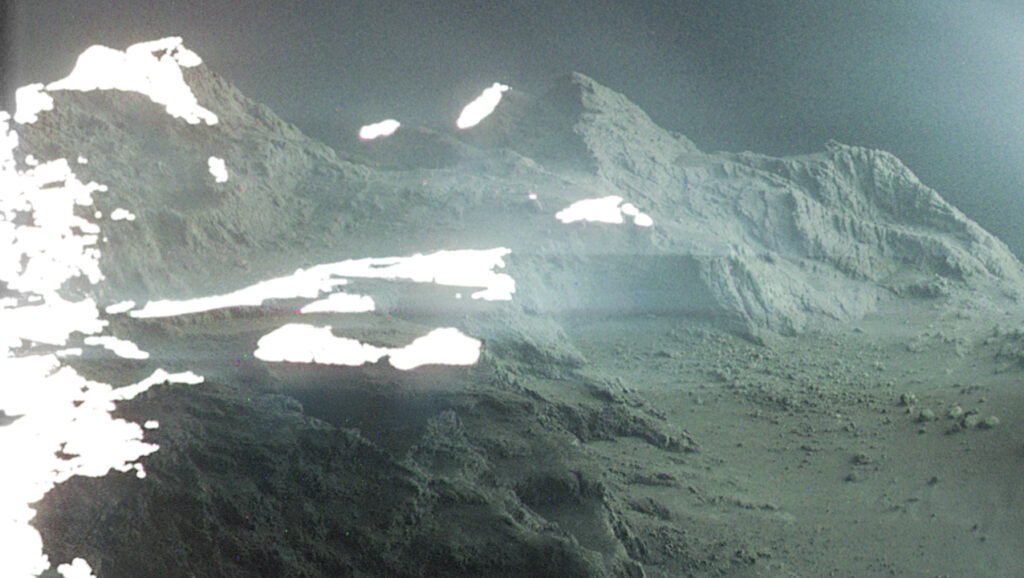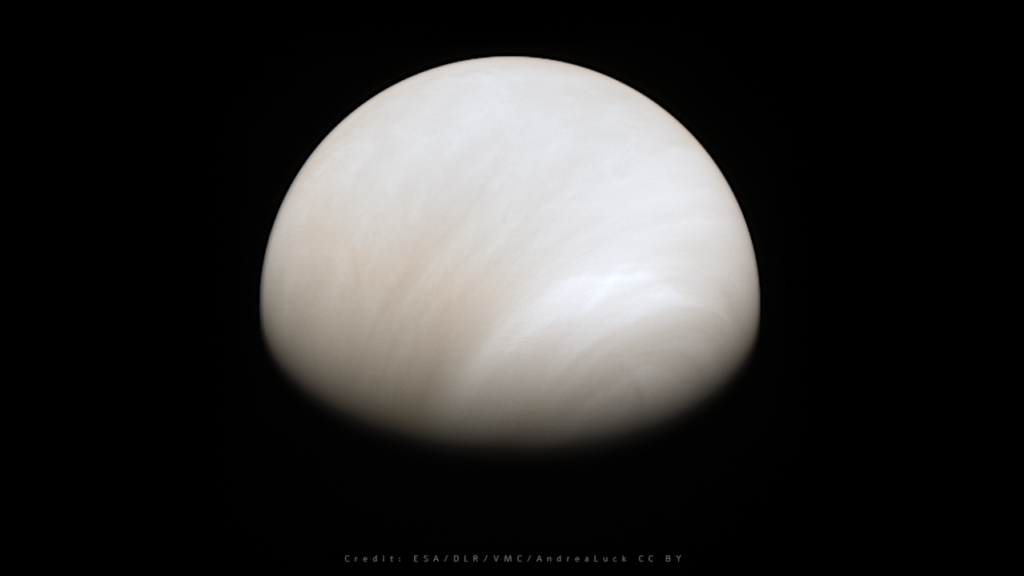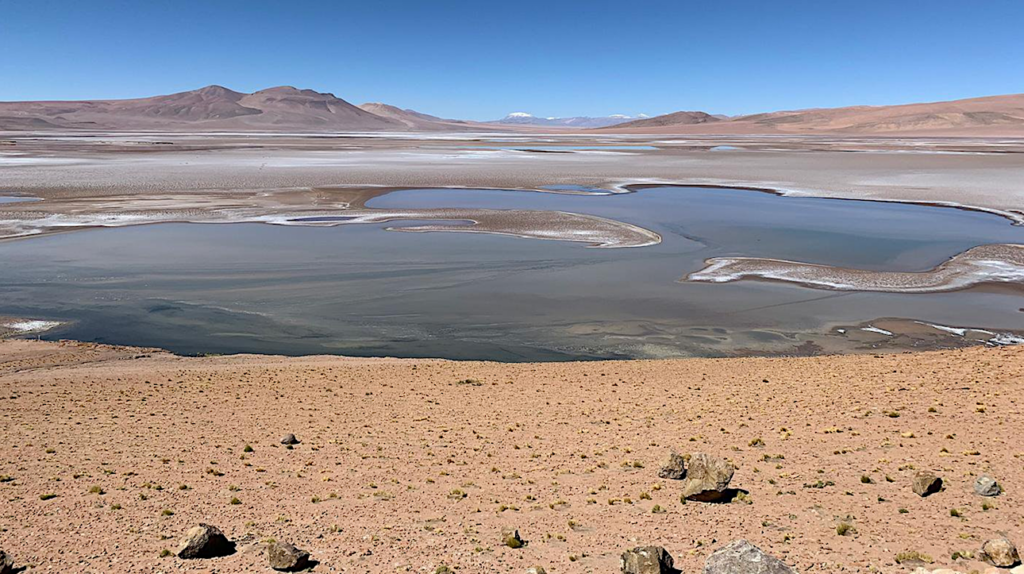Detecting The Elemental And Molecular Signatures Of Life: Laser-based Mass Spectrometry Technologies

The identification of extraterrestrial life is one the most exciting and challenging endeavors in space research. The existence of extinct or extant life can be inferred from biogenic elements, isotopes, and molecules, but accurate and sensitive instruments are needed.
In this whitepaper we show that Laser-based Mass Spectrometers are promising instrument for the in situ identification of atomic, isotopic, and molecular biosignatures. An overview of Laser ablation/Ionization Mass Spectrometry (LIMS) and Laser Desorption/Ionization Mass Spectrometry (LD-MS) instruments developed for space exploration is given. Their uses are discussed in the context of a Mars scenario and a Europa scenario.
We show that Laser-based Mass Spectrometers are versatile and technologically mature instruments with many beneficial characteristics for the detection of life. Future planetary lander and rover missions should be encouraged to make use of Laser-based Mass Spectrometry instruments in their scientific payload.
Niels F.W. Ligterink, Andreas Riedo, Marek Tulej, Rustam Lukmanov, Valentine Grimaudo, Coenraad de Koning, Peter Wurz, Christelle Briois, Nathalie Carrasco, Ricardo Arevalo Jr., William B. Brinckerhoff
Comments: 10 pages, 1 figure. Submitted as a whitepaper for the Planetary Science and Astrobiology Decadal Survey 2023-2032
Subjects: Instrumentation and Methods for Astrophysics (astro-ph.IM); Earth and Planetary Astrophysics (astro-ph.EP); Solar and Stellar Astrophysics (astro-ph.SR)
Cite as: arXiv:2009.02521 [astro-ph.IM] (or arXiv:2009.02521v1 [astro-ph.IM] for this version)
Submission history
From: Niels Ligterink
[v1] Sat, 5 Sep 2020 12:10:56 UTC (546 KB)
https://arxiv.org/abs/2009.02521
Astrobiology, Astrochemistry








